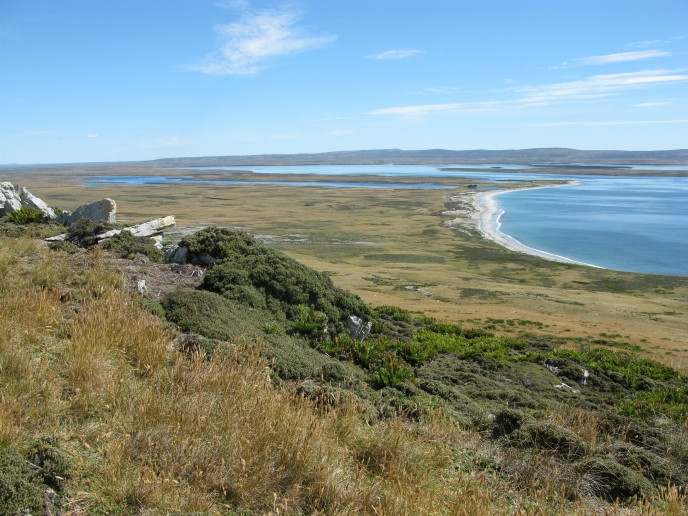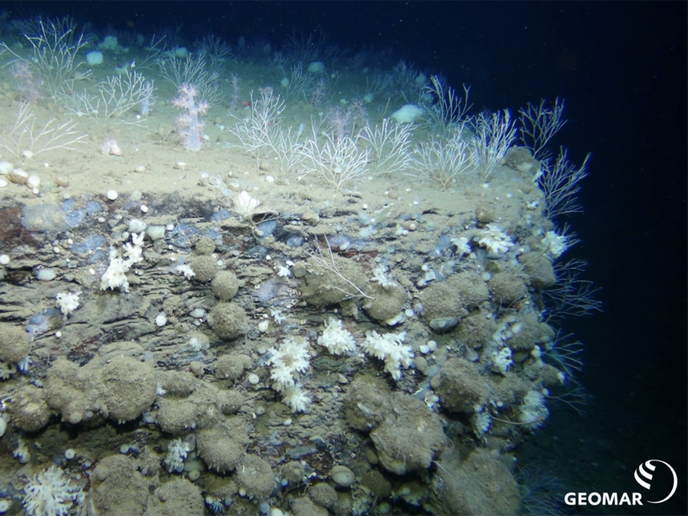Historic dust data to improve climate model accuracy
The EU-funded SOUTHERNCHANGE project has improved scientific understanding of the atmospheric cycling of dust and trace elements in the wSAO. The work was in collaboration with Imperial College, the University of Nottingham, the Natural History Museum of London and the South Atlantic Research Institute and was supported by the Marie Curie Programme. Project partners aimed to create the first high-resolution record of past and present atmospheric deposition fluxes covering the entire Holocene, the epoch since the end of the last major ice age nearly 12 000 years ago. “This is achieved by studying the geochemistry of peat bog, lichens and aerosols and charactering their elemental concentrations and radiogenic isotope ratios,” says project coordinator Prof. Dominik Weiss. Researchers characterised the natural variations of the chemical composition and of the deposition rate of atmospheric dust and associated trace elements deposited in the wSAO during the Holocene period using a peat core collected in the Falkland Islands. “We assessed the extent of human impact on trace element deposition by comparing the geochemical composition of the natural background aerosols derived from the peat record with that of samples representing current atmospheric deposition,” explains Prof. Weiss. Accurate dating achieved Researchers first quantified the atmospheric deposition fluxes and their variation over time and identified natural sources and sources from human activities like the combustion of fossil fuels, mining and smelting. “This information allowed us to accurately date when atmospheric pollution first reached the wSAO via long-range transport from South America” Prof. Weiss points out. The project also determined the current level of trace metal enrichment in atmospheric deposition in the Falkland Islands by analysing metal concentrations in lichens and surface peat collected during the project. These were compared with the natural background as determined from the peat record. The two main natural components of atmospheric dust deposited in the Falkland Islands were identified as mineral dust and volcanic ash. According to Prof. Weiss: “By using indicators such as enrichment in ash, titanium and potassium contents and neodymium isotopic signature, it was possible to clearly distinguish volcanic ash inputs.” Impact of past volcanic eruptions Scientists discovered that tephra emitted by the five largest explosive eruptions of southern Andean volcanoes, which occurred in the last 15 000 years, reached the Falkland Islands located more than 1 000 km away, while the many smaller eruptions were not recorded. “These results indicated that large volcanic eruptions in the southern Andes strongly influenced the atmospheric inputs of trace elements in the wSAO region during the Holocene,” comments Prof. Weiss. In addition, trace metal enrichment in current atmospheric deposition was determined for the first time in the Falkland Islands. This will provide valuable information to help determine how much future emission changes in South America or locally may affect atmospheric trace metal inputs. SOUTHERNCHANGE provides unique reference and baseline data for future environmental and climatic studies in the Southern Atlantic Ocean, filling an important gap in existing Holocene dust records. “The results give new insights into how the dust dynamics in the wSAO region responds to variations of climate and atmospheric circulation in Southern South America. This will increase understanding and help model future changes in dust cycle in the region,” Prof. Weiss concludes.
Keywords
SOUTHERNCHANGE, dust, deposition, western Southern Atlantic Ocean (wSAO), Falkland Islands, peat, Holocene







